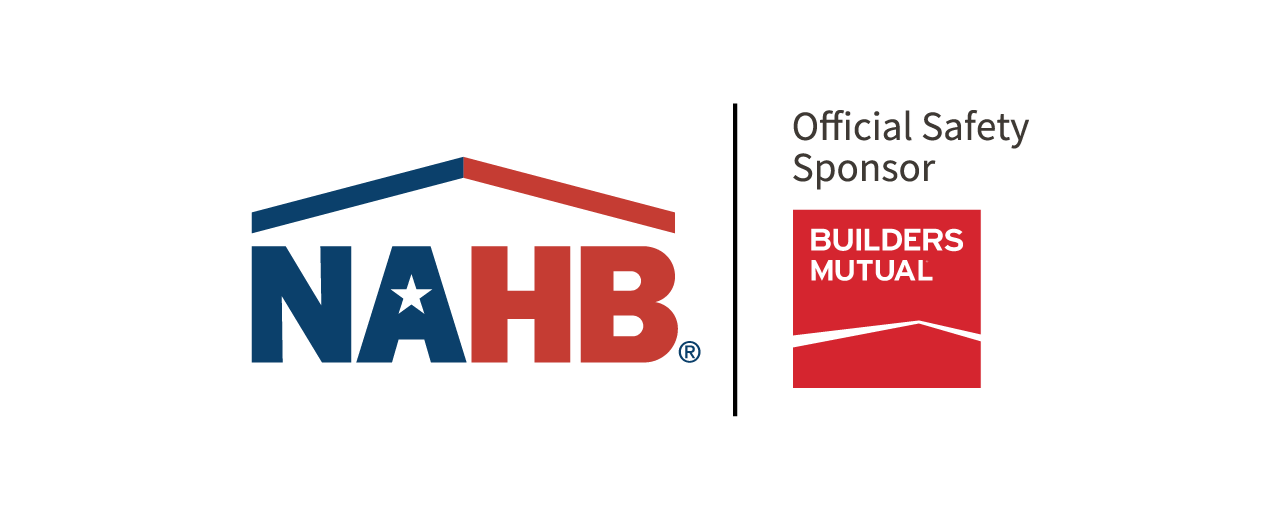Learn How to Protect Your Jobsites from Flooding
As spring rapidly approaches, so does the risk for unexpected severe weather, storms, and flooding across much of the US. Flooding is a particular risk for many communities across the country, as heavy rains can swell rivers and streams or cause dangerous flash flooding that can cause damages to homes, businesses and jobsites.
The National Oceanic and Atmospheric Administration (NOAA) recently released its 2024 Spring Hydrologic Outlook. In 2024, NOAA is forecasting a below- to near-normal chance of river or tributary flooding. Despite this, NOAA continues to urge caution that even though the overall risk of spring flooding is below average, this does not guarantee that high impact flooding will not occur and is entirely dependent on precipitation levels through the spring months.
In response to the risks posed by flooding, the Centers for Disease Control (CDC) has released its Flood Safety Campaign with new tools, resources and information to assist communities and businesses in preparing and responding to these events.
These resources from the CDC include important safety guides for those working in the home building and construction industry, such as:
- A checklist and critical procedures to prepare for a flood
- The National Institute for Occupational Safety and Health’s Guidance on Personal Protective Equipment and Clothing for Flood Cleanup Workers
- The CDC’s Floodwater After a Disaster or Emergency page that provides best practices on working in an around floodwaters
To further prepare home builders and those working after flooding, NAHB released the Jobsite Disaster Safety Toolbox Talk, available in both English and Spanish and also embedded below, offering the following recommendations:
- Avoid active flooding or wadding into standing flood waters, as these waters can be contaminated with biological or chemical agents that can cause irritation, injury or death.
- Maintain good hygiene during cleanup operations. To avoid waterborne disease, it is important to wash your hands with soap and clean, running water, especially before work breaks, meal breaks and at the end of the work shift.
- Mosquitoes and other insects can multiply following flooding events, and cause bites and spread illness. Decrease this risk of mosquito and other insect bites by wearing long-sleeved shirts and long pants, and by using insect repellents.
- Conduct a preliminary worksite inspection to verify stability before entering a flooded or formerly flooded building or before operating vehicles over roadways or surfaces.
- Do not work in or around any flood-damaged building until it has been examined and certified as safe for work by a registered professional engineer or architect.
- Do not electrify any outlets, services, wires or equipment that have been submerged until checked by a qualified electrician.
- Washouts and trenches must be supported, or their stability verified, prior to entry or work beginning.
For more information, visit the Disaster Resources Toolkit at nahb.org/disaster.

Latest from NAHBNow
Dec 24, 2025
10 Ways to Turn Your Business Into a Lean, Mean Building MachineMyriad industry challenges are adding time and cost to home building projects. But with the right technology, you can better anticipate and manage those challenges to help optimize your business' performance and profits.
Dec 23, 2025
The 5 Types of Builders — and the One Built to ProsperMost builders want the same things: predictable profits, less stress, and a business that doesn’t grind them down year after year.
Latest Economic News
Dec 22, 2025
State-Level Employment Situation: September 2025In September 2025, nonfarm payroll employment was largely unchanged across states on a monthly basis, with a limited number of states seeing statistically significant increases or decreases. This reflects generally stable job counts across states despite broader labor market fluctuations. The data were impacted by collection delays due to the federal government shutdown.
Dec 19, 2025
Existing Home Sales Edge Higher in NovemberExisting home sales rose for the third consecutive month in November as lower mortgage rates continued to boost home sales, according to the National Association of Realtors (NAR). However, the increase remained modest as mortgage rates still stayed above 6% while down from recent highs. The weakening job market also weighed on buyer activity.
Dec 18, 2025
Lumber Capacity Lower Midway Through 2025Sawmill production has remained essentially flat over the past two years, according to the Federal Reserve G.17 Industrial Production report. This most recent data release contained an annual revision, which resulted in higher estimates for both production and capacity in U.S. sawmills.
